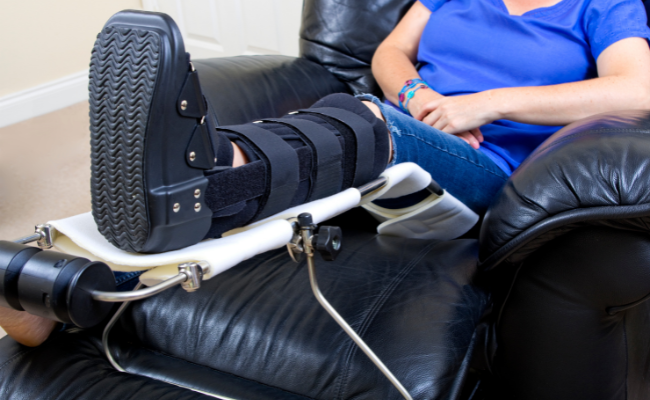First Aid For Fractures
- October 12, 2023
- No Comments

What is a Fracture?
A fracture, commonly known as a broken bone, occurs when there is a break or crack in the continuity of a bone. This medical condition can result from various causes, including trauma, falls, sports injuries, or underlying medical conditions that weaken the bones. Typically referred to as a bone fracture in medical terms, a broken bone often stems from traumas like falls, car accidents, or sports injuries. Additionally, certain medical conditions and repetitive forces, like running, can increase the risk of specific types of fractures.
Importance of First Aid for Fractures
Providing prompt and effective first aid for fractures is crucial for several reasons. Immediate care helps alleviate pain, prevents further injury, and facilitates the healing process. Additionally, proper first aid minimizes the risk of complications and contributes to the overall well-being of the injured person.
Steps for First Aid for Fractures
- Assess the Situation: Before providing first aid, assess the situation to ensure your safety and the safety of the injured person. If there is any immediate danger, such as traffic or falling objects, move to a safe location.
- Call for Help: Dial emergency services or seek medical assistance promptly. Fractures often require professional medical evaluation and treatment.
- Comfort and Reassure: Approach the injured person calmly, and reassure them. Keeping the person calm can help manage pain and reduce anxiety.
- Immobilize the Injured Area: To prevent further injury, immobilize the fractured limb or affected area. Use splints or improvised materials to support and stabilize the injured part. Avoid unnecessary movement.
- Apply Cold Compress: If there is swelling or bruising, apply a cold compress or ice pack wrapped in a cloth to the injured area. This helps reduce swelling and provides pain relief. Do not apply ice directly to the skin.
- Elevate the Injured Limb: Elevate the fractured limb, if possible, to help minimize swelling. Place a pillow or cushion under the limb to keep it elevated.
- Provide Pain Relief: Over-the-counter pain relievers, if available and appropriate for the individual, can be administered to help manage pain. Follow the recommended dosage instructions.
- Monitor for Shock: In cases of severe fractures, there is a risk of shock. Monitor the injured person for signs of shock, such as pale skin, rapid breathing, or confusion. Keep them warm and encourage them to rest.
Treatment Solutions for Fractures:
- Professional Medical Care: Seek immediate medical attention for fractures. X-rays and medical evaluation are necessary to determine the type and extent of the fracture.
- Casting or Splinting: Once medically assessed, fractures may be treated with casting or splinting to immobilize and support the affected bone during the healing process.
- Surgical Intervention: Severe fractures or those involving displaced bone fragments may require surgical intervention. Surgery aims to realign the bones and secure them with internal fixation devices.
- Physical Therapy: Following the initial treatment, physical therapy may be recommended to promote healing, restore mobility, and strengthen the affected area.
Benefits of First Aid for Fractures:
- Pain Relief: Immediate first aid measures, such as immobilization and elevation, help alleviate pain and discomfort associated with fractures.
- Prevention of Further Injury: Proper immobilization and support prevent further injury to the fractured area, reducing the risk of complications.
- Minimization of Swelling: Cold compresses and elevation contribute to minimizing swelling, promoting a more comfortable healing process.
- Faster Healing: Swift and appropriate first aid measures contribute to a faster and more effective healing process when professional medical care is received promptly.
- Reduced Risk of Complications: Proper first aid reduces the risk of complications, such as infections or incorrect healing, by providing immediate care and support to the injured person.
- Psychological Support: Calm reassurance and immediate attention provide psychological support to the injured person, helping manage stress and anxiety.
Comments (0)